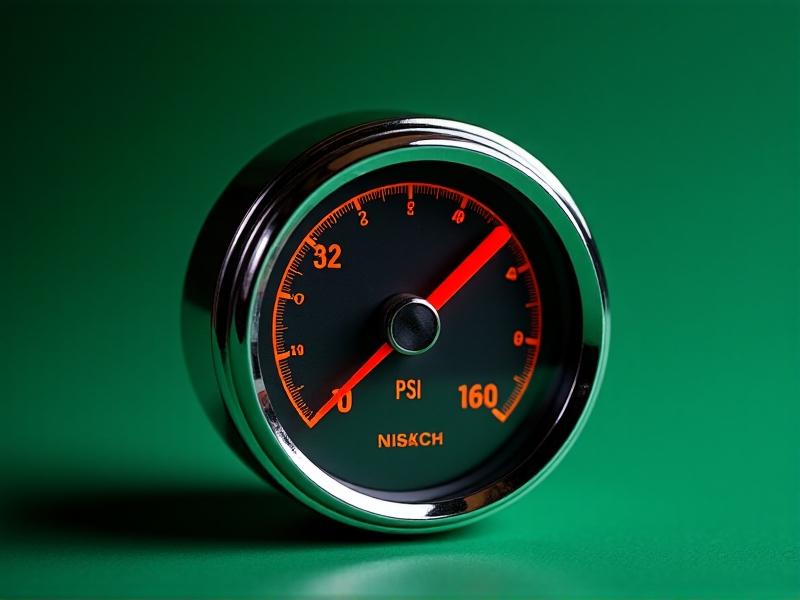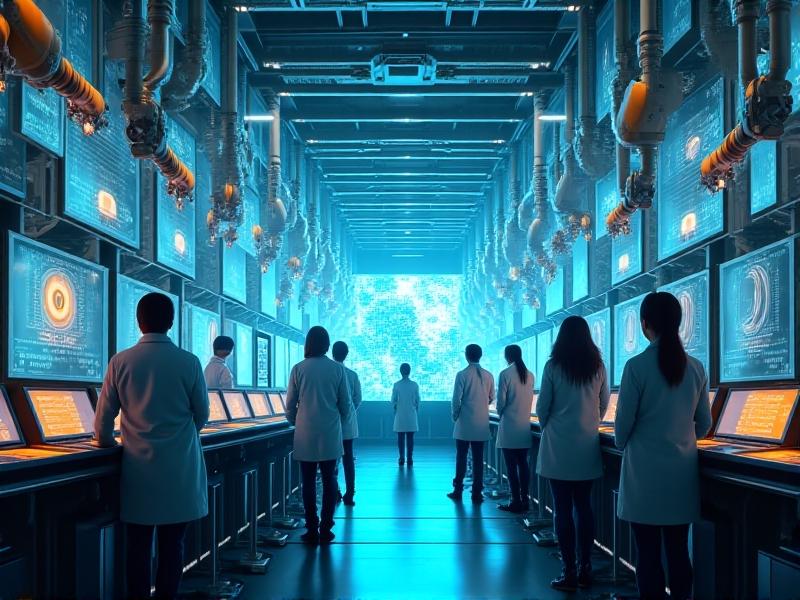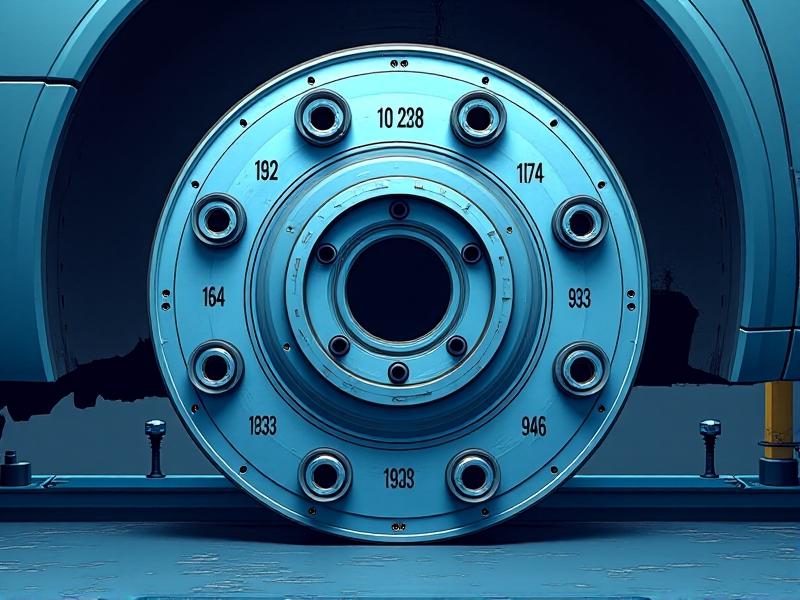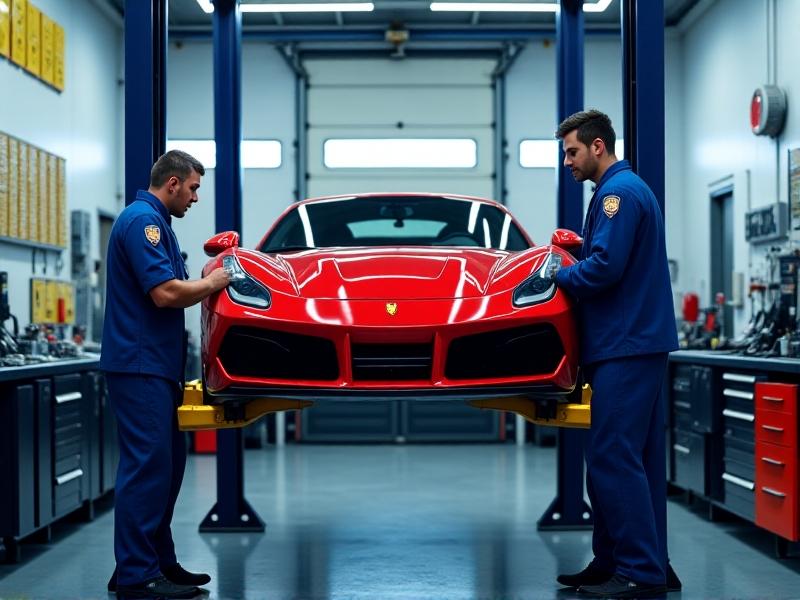```html
The Hidden Science Behind PSI: More Than Just a Number
Pressure measurement is a cornerstone of modern engineering, yet its significance often fades into the background. PSI—pounds per square inch—is a unit so commonplace that its implications are easily overlooked. But 1 PSI isn’t just a digit on a gauge; it’s a critical variable influencing systems from tire traction to life-saving medical equipment. At its core, PSI quantifies force distribution, a concept rooted in fluid dynamics and material science. A single PSI shift can alter friction coefficients, stress loads, or even chemical reaction rates. For example, in hydraulic systems, a 1 PSI drop might reduce efficiency by 5%, while in aerospace, it could compromise cabin pressurization. Understanding PSI demands appreciating the delicate balance between force, area, and environmental variables—a balance where precision isn’t optional but imperative.

When 1 PSI Decides Success or Failure: Industrial Case Studies
In manufacturing, a 1 PSI discrepancy can cascade into costly failures. Take semiconductor fabrication: etching processes rely on gas pressures maintained within ±0.2 PSI. Deviations cause microscopic defects, ruining batches worth millions. Similarly, food packaging lines use nitrogen flushing at 14.7 PSI to prevent oxidation. A 1 PSI drop introduces oxygen, accelerating spoilage. Even breweries monitor CO2 pressure during carbonation—1 PSI too high, and bottles explode; too low, and beverages go flat. These examples underscore how industries deploy redundant sensors and automated regulators to guard against minute pressure shifts. The financial stakes? A single automotive assembly plant saving $2.4 million annually by optimizing paint spray booth pressure by just 0.8 PSI.

Medical Miracles and Hair’s-Breadth Margins
Healthcare’s reliance on pressure precision borders on the miraculous. Ventilators deliver breaths at 20-30 PSI—a 1 PSI overpressure risks lung barotrauma in neonates. Dialysis machines filter blood using transmembrane pressures kept within ±0.5 PSI; exceeding this damages erythrocytes. Even disposable devices like insulin pens eject doses through nozzles calibrated to 12 PSI. Surgeons now employ pressure-guided robotic tools that sense tissue resistance at 0.1 PSI increments, reducing nerve damage rates by 37%. These advancements hinge on MEMS (micro-electromechanical systems) sensors accurate to 0.01 PSI—a testament to how sub-integer pressure differentials separate therapeutic success from catastrophic harm.

The Invisible Hand in Energy Efficiency
HVAC systems consume 40% of commercial energy, with pressure optimization slashing costs. Office buildings using variable refrigerant flow (VRF) systems maintain 2-3 PSI differentials across zones—a 1 PSI imbalance increases energy use by 8%. In oil refineries, fractionating columns operate at 15 PSI; a +1 PSI spike raises cracking temperatures by 30°F, wasting 200,000 BTU/hour. Homeowners feel this too: a 1 PSI drop in water heater expansion tanks reduces flow rates, forcing longer showers and higher bills. Smart grids now integrate pressure data from gas pipelines and steam networks, proving that micro-adjustments yield macro savings—1 PSI at a time.

Tools of the Trade: Measuring the Immeasurable
Modern pressure instrumentation blends physics and digital innovation. MEMS piezoresistive sensors detect 0.01 PSI changes via silicon wafer deformations, while quartz crystal manometers measure resonant frequency shifts under pressure. Oil-free digital gauges now achieve 0.25% accuracy, a leap from analog’s 5% error margins. For extreme environments, fiber-optic sensors use Bragg gratings that stretch minutely under pressure, altering light wavelengths. These tools feed data into AI models predicting equipment failures—like detecting a 0.7 PSI decline in hydraulic pumps 72 hours before breakdown. As IoT networks expand, real-time PSI analytics are becoming the frontline defense against waste and disaster.



